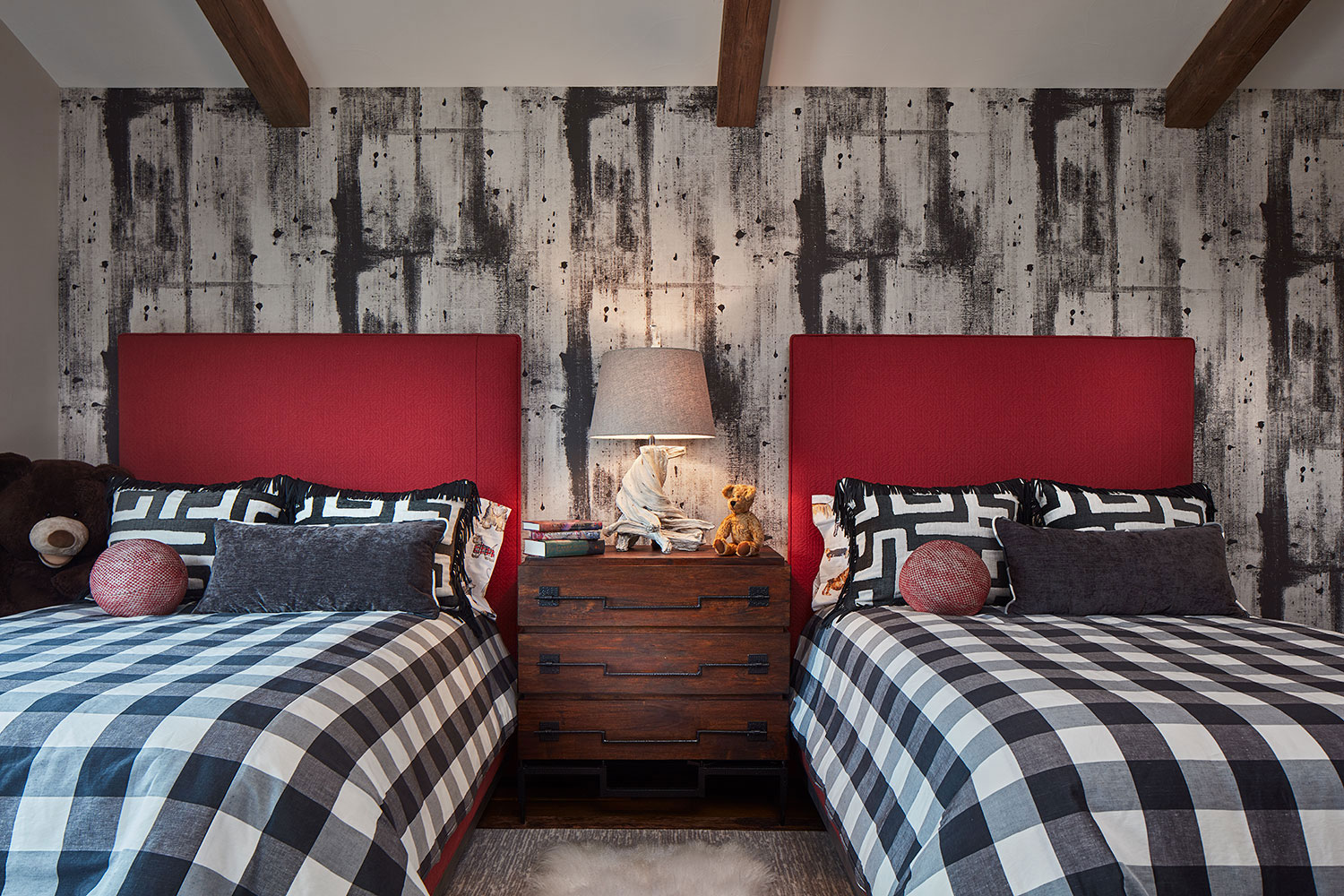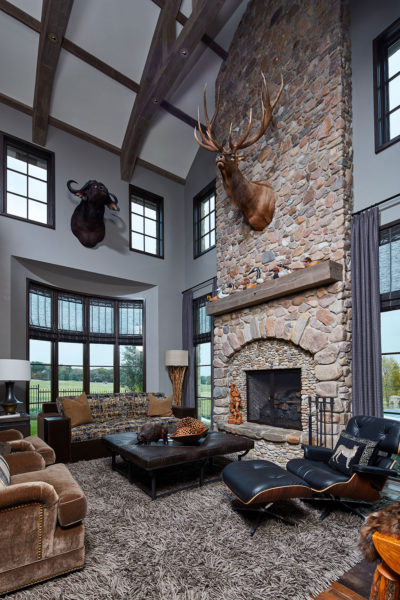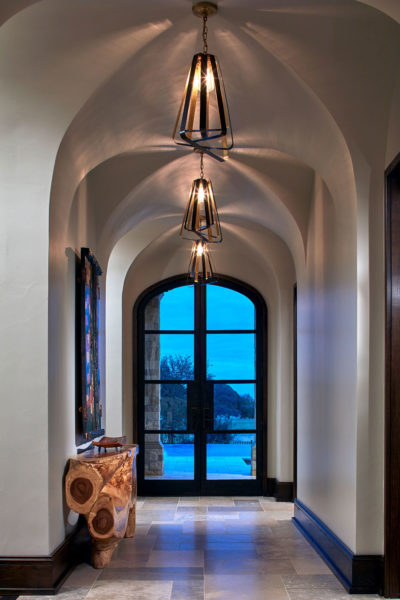Story at a glance:
- Michelle Rohrer-Lauer, founder of Michelle’s Interiors, says green design can be implemented in small ways and still have a big impact.
- The Sustainable Furnishings Council reports people want interior designers to help them be more eco-friendly.
- Rohrer-Lauer won multiple interior design awards in 2020, including a Designer of the Year award.
Chicago interior designer Michelle Rohrer-Lauer was named Designer of the Year in the 2020 #GetYourGreenOn contest, co-sponsored by the Sustainable Furnishings Council and the Interior Design Society.
Rohrer-Lauer won the recent contest for her 9,000-square-foot farmhouse project just outside of Dallas, with features like reclaimed French farmhouse wood throughout much of the home, fast-growing eucalyptus wood for the kitchen and master bath cabinets, and natural fibers for upholstery, rugs, and window treatments, including wool, cotton, flax, linen, bamboo, and silk.
At Michelle’s Interiors Rohrer-Lauer encourages clients to not feel overwhelmed by sustainable design. Instead she finds that it’s better to reach sustainable design and clean indoor air goals by doing as much as you can. It’s part of what she calls her “50 Shades of Green” philosophy; every home doesn’t have to be 100% green. They can be any shade of green.
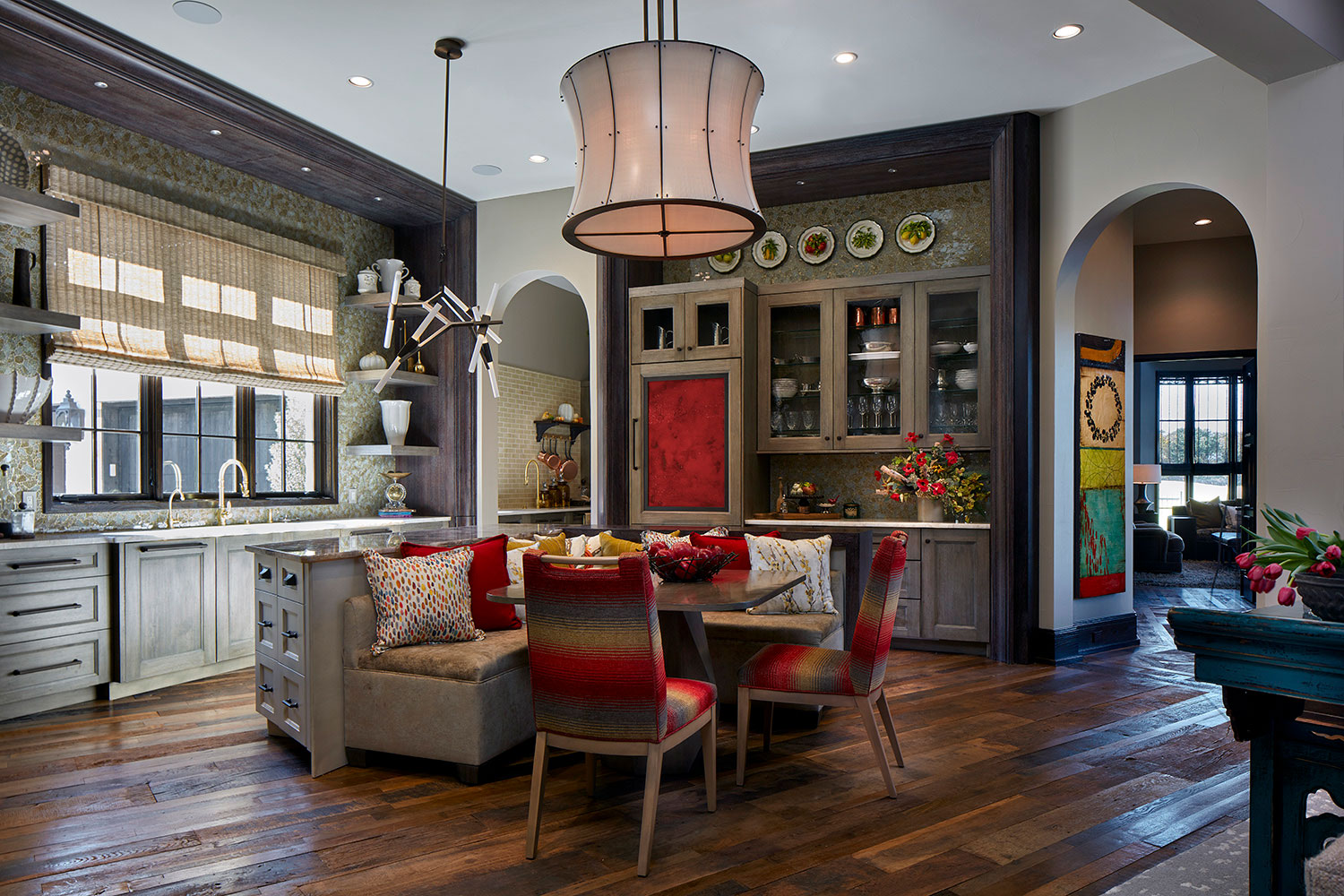
The repurposed French farmhouse wood floor provides a lived-in feeling on this new construction in Dallas, while glass front cabinets from Woodland provide display space for special dishes. Photo by Brian Gassel Photography
“Each small step we take can make a big difference in our health and the health of our planet,” Rohrer-Lauer says. “It’s like easing into an organic diet or an exercise program. You don’t have to go completely organic or work out like an athlete to improve your lifestyle. I encourage my clients to start with the furnishings and materials that will make the greatest impact, including natural fibers like wool, sustainably harvested woods, and water-based wood finishes.”
In addition to the Designer of the Year award, Rohrer-Lauer also received Best Bathroom for a Small Firm 2020 from the American Society of Interior Designers, Illinois Chapter, and an Annual Awards for Business Excellence designation from the Daily Herald’s Business Ledger.
We recently caught up with Rohrer-Lauer to find out what lessons she’s learned along the way in designing this and many other projects across her career.
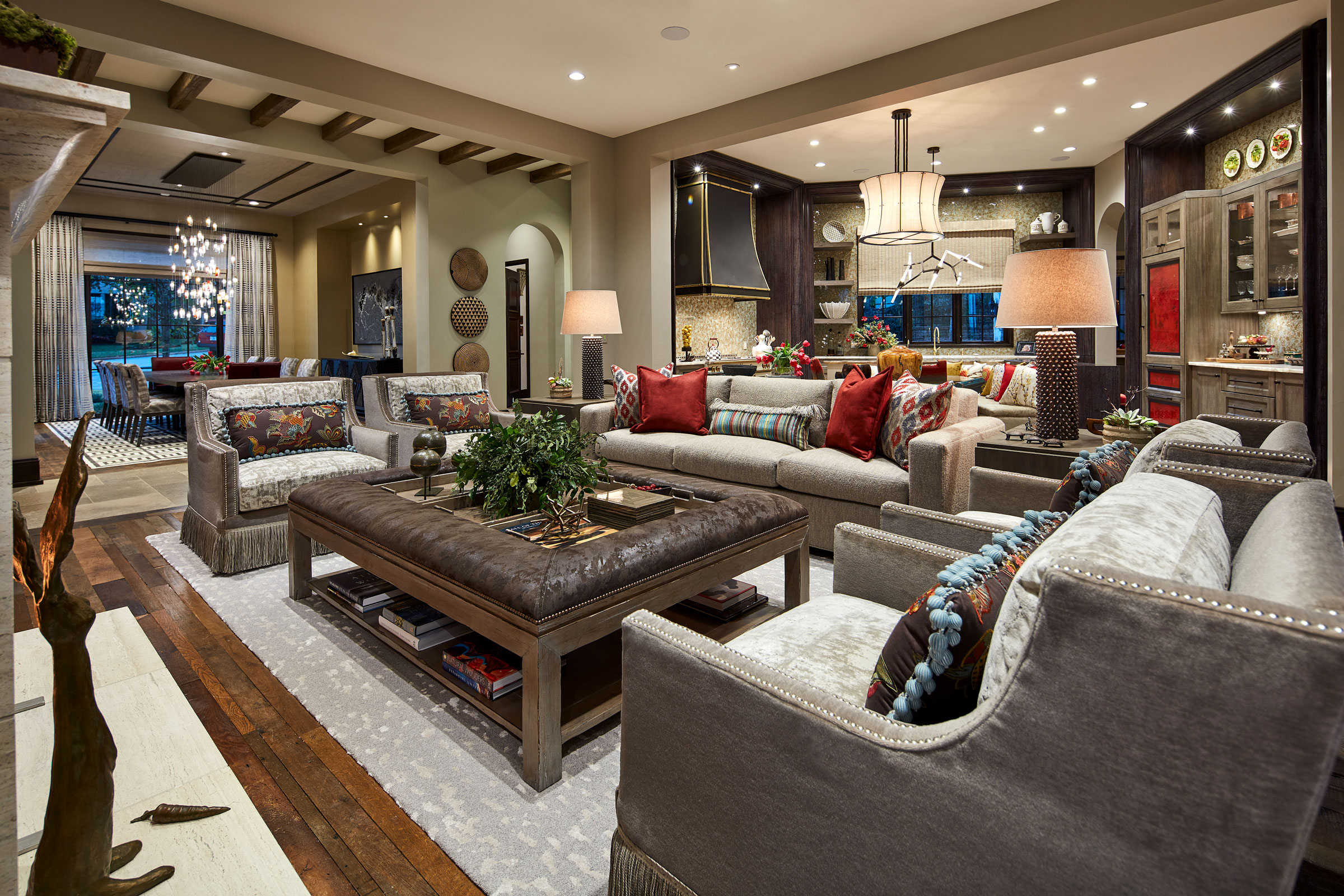
A custom cocktail-ottoman upholstered in leather and trimmed with nail heads is the centerpiece of the open plan family room. Photo by Brian Gassel Photography
Carve out a niche.
“Competition is everywhere in interior design, from other designers to TV and online DIY shows. To stand out you have to create a niche, build your credentials in that area, and market yourself. My niche is eco-friendly design.”
Ease clients into sustainable design.
“Clients can be reluctant to consider eco-friendly furnishings because they are afraid of the cost or quality of the materials. I developed my ‘50 Shades of Green’ philosophy to assure my clients that they don’t have to go completely ‘green’ to make a difference in their indoor air and the health of our planet.”
Educate clients about sustainability.
“According to the Sustainable Furnishings Council, sustainability is a consumer mandate. Studies have shown people want us to help them become more eco-friendly. Sustainability in design is doubling or tripling every year. I believe it is our responsibility to educate our clients.”
Pamper your VPCs (Very Particular Clients).
“I always remind my staff that because we are a luxury design studio, we must give our clients luxurious service to match. Pre-COVID we had a client who took VPC to a new level. She was upset if the “V” at the end of her toilet paper roll was gone because a worker had used the powder room, and she didn’t like to see footprints on her carpeting. To make her feel comfortable, I rented a port-a-potty for the workers so they wouldn’t use her bathroom, and my staff and I would get down on our hands and knees to erase footprints from the carpets after we were done for the day.”
- Photo by Brian Gassel Photography
- Photos by Brian Gassel Photography
You don’t know what you don’t know.
“I was a firecracker when I was young. I thought I had all the answers, but it takes years of experience to find out what you don’t know. I had a young designer who was sure she had priced out a leather sofa properly, even after I asked her if she had double-checked the price. I lost money on that because she had calculated it using square yards instead of square feet.”
It’s all about the client.
“When I discuss sustainability, I make it all about what’s in it for them: improving indoor air quality for them and their family, including their pets. Of course, that also benefits our entire planet.”
Counteract our throwaway society.
“High-quality, durable home furnishings are one way to change our throwaway culture. Furnishings made of natural, sustainable materials will retain their form, function, and beauty for many years, and they can be passed on or donated to others instead of being relegated to the landfill.”
Don’t believe the resume.
“Before I hire a new designer I ask them to design a small project while sitting in my studio. Their portfolios don’t always tell the whole story. How much work did they actually do on those projects for their previous employer?”
Sometimes we have to be diplomats.
“Designers walk a fine line when trying to negotiate with a couple that has different ideas about what they want in their home. I listen carefully to each party and then I try to work out a way to compromise. Making sure each person feels heard is the key, but we also have to be truthful if what they want is not a good fit for how they live.”
Just go for it.
“Losing my father at 17 taught me to be independent, self-sufficient, and a risk-taker. I was always ambitious, but losing a parent showed me there are no guarantees in life. It’s better to take a chance and fail than not try at all.”
Trust but verify.
“I learned the hard way not to completely trust anyone when I discovered that my bookkeeper was embezzling money from my studio. No matter how busy you are, always keep a close eye on the books and know your numbers. When hiring people, always do your homework.”

